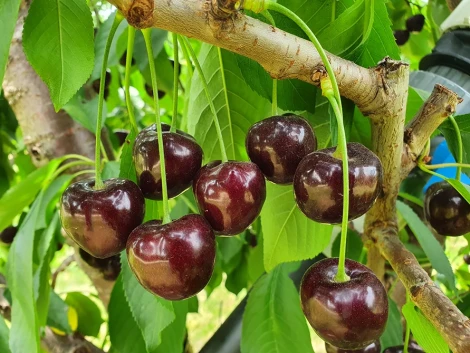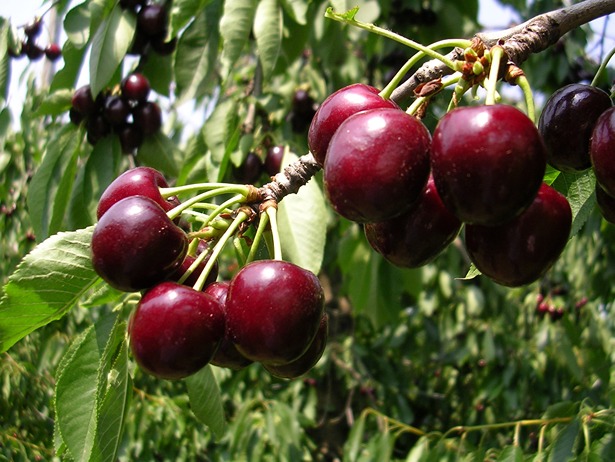The Protected Designation of Origin Cereza del Jerte closes its 2025 report with decidedly positive results: a total of 1.3 million kilograms of certified cherries, of which one million are picota, the flagship of production.
A performance in sharp growth compared to 2024, a year marked by heavy rains that compromised the harvest.
A smooth campaign
Highlighting the season’s success is the President of the Regulatory Council, José Antonio Tierno, who expressed satisfaction with the smooth progress of the campaign, supported by stable weather conditions.
“There were no significant losses; the climate was favorable and allowed us to carry out the harvest without obstacles,” he stated.
The picota remains the symbol
As always, the Jerte picota confirms itself as the undisputed star. The figures speak for themselves: its share of the total certified volume has grown compared to last year.
This confirms the strong territorial identity tied to this unique fruit, carefully selected according to rigorous quality standards.
Guaranteed excellence and quality
This year again, Jerte cherries and picotas maintained a high-quality profile: sweet flavor, crisp texture, and intense taste.
The only aspect slightly affected by above-average temperatures was the fruit size, which turned out to be slightly smaller.
The Council’s certification system ensures that only the best fruits receive the label, guaranteeing the origin and quality to the final consumer.
New varieties for the future
Among the most significant innovations of the 2025 campaign is the official inclusion of new certified varieties: Burlat, Van, and Lapins.
A strategic step marking the start of an adaptation phase designed to address the production challenges of recent years.
According to Tierno, “this is just the beginning: it is likely that the impact of these new varieties will become more evident in the coming campaigns, provided that climatic conditions remain favorable.”
In particular, the Lapins variety played a leading role, representing between 30 and 40% of the certified cherry production and helping to extend the product’s market presence.
Picota and cherry together
Another distinctive feature of this year was the market overlap of the latest cherry varieties with the four PDO-certified picota varieties: Ambrunés, Pico Negro, Pico Limón, and Pico Colorado.
This overlap offered consumers the chance to directly compare the two types and choose according to their preferences.
A season that not only outperformed last year’s results but also laid the foundation for a phase of expansion and renewal in the Jerte cherry sector.
Source: financialfood.es
Image source: Feval
Cherry Times - All rights reserved












